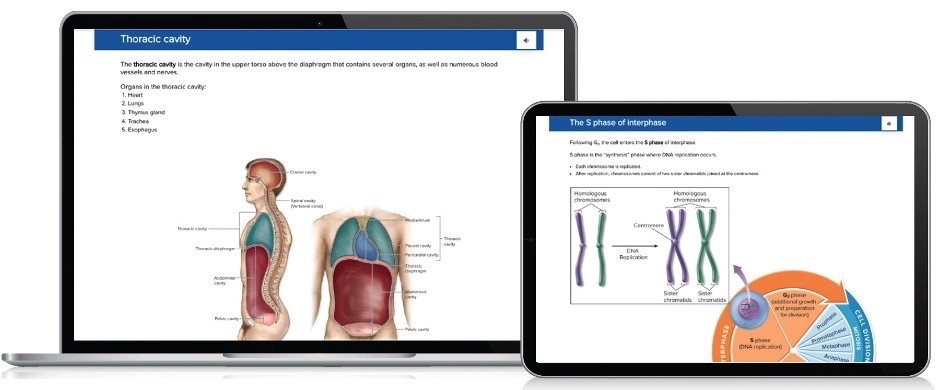Resources that Improve Student Learning & Preparedness
Motivating students to come to class ready to learn takes time, effort and a deep understanding of students.
Students Tell All: Resources that Improve Learning & Preparedness
Getting students to come to class prepared is both an art and a science. If you've figured out the formula for success, you know that student motivation doesn't happen by accident. Motivating students to come to class ready to learn takes time, effort and a deep understanding of students.
So, we went straight to the source in our 2017 Digital Study Trends Survey and asked more than 5,000 students how they study, what they use to study and how instructors can help them to prepare for class. Here are some of the things they told us:
How much time do students spend studying?
On average, students typically study at home for 5-14 hours per week.
Instructor Considerations: Many students struggle to prioritize their time. If they spend 14 hours a week studying and they are taking five classes, it doesn't always mean that each class gets 2.8 hours. Students usually spend the most time on the class with required assignments that directly impact their grade.
How do students prefer to communicate?
Students are overwhelmingly likely to use email to contact professors, while they typically communicate with their peers through a more varied array of social media, email and texting.
Instructor Considerations: People are creatures of habit and convenience. If we don’t make ourselves available for communication in the ways that students prefer, ultimately many will stop communicating. But that doesn't mean that you can’t set boundaries within those communication preferences. For example, let your students know that you don’t respond to emails past a certain hour or on the weekends if that is your preference.
How many students own a digital device?
100% of students own a digital device of some kind.
Instructor Considerations: It may seem crazy to say that anything is 100%, but of the 5,000+ students that were interviewed for this study, all reported owning some form of a digital device. The availability of information has changed and it continues to impact where and how students access information. This can feel overwhelming, but it doesn’t have to be. Consider implementing digital learning technology into your course so your students can get quality content in a reputable environment. And take advantage of the training offered through digital content providers. Training is usually peer facilitated and can provide ideas for finding technology solutions that will compliment your teaching style.
How does digital learning technology (DLT) impact student learning?
Overall, the majority of students say that digital learning technology highly helpful in regards to their academic life, especially for class research and completing assignments.
- 60% of students reported that using digital learning technology has improved their grades.
- 89% of students say digital learning technology helps them retain new concepts.
Instructor Considerations: Students’ attitudes toward digital learning technology often mimic that of their instructor. If you decide to add a digital component to your course, consult with a peer or DLT curriculum specialist to ensure implementation that fits your curriculum. And, consider utilizing peer recommended best practices which can offer advice for getting the most out of your assignments. For example, most students don’t complete “recommended” assignments, so if you want them to complete an assignment, you must assign a grade value.
When is digital learning technology (DLT) most useful for students?
Students are most likely to indicate that digital learning technology has improved their class preparation and studying efficiency. They believe that DLT helps them understand concepts that they do not yet know. Approximately two-thirds of students surveyed indicate that DLT is very helpful or extremely helpful for retaining new concepts.
In addition to these benefits, students commonly indicate that the use of digital resources improves communication with professors.
Instructor Considerations: Instructors have a lot on their plate, and sometimes adding DLT to the syllabus can seem like another “extra” thing to do. But proper implementation of technology is the key to success. Find a DLT provider not only offers implementation suggestions and recommendations, but also provides personal customer support to answer your questions and offers peer-to-peer faculty support.
A better understanding of students and their needs is a good start to developing a course structure that promotes preparedness, engagement and higher level critical thinking, but we also have much to gain from the instructor perspective. Luckily, we spent a lot of time speaking with faculty all over the country to find out what best practices they can offer regarding the most common course challenges.
To get instructional tips that are specific to your course challenges, visit our Course Challenges Quiz.
See more statistics and specifics from the Digital Trends Survey conducted by Hanover Research, Click here.


